As far as Wear OS devices go, there’s no shortage of wearables to choose from, thanks to a wide range of models from brands like Samsung, Xiaomi, Google, and more recently, OnePlus. With that in mind however, most Wear OS products lean towards the expensive side of things, with prices usually ranging from $250 and above.
This where the new Xiaomi Watch 2 comes in – priced at just below 200 bucks, Xiaomi’s budget smartwatch features all the basics you’d expect from Wear OS, although at such a low price one might think that there are significant compromises. Is this really the case though? Let’s find out.
Xiaomi Watch 2 Specs
- Display: 1.43-inch AMOLED, 466 x 466 pixels (326 ppi)
- Processor: Qualcomm Snapdragon W5+ Gen 1 (4 nm)
- 2GB RAM, 32GB storage
- Battery: 495 mAh, magnetic charging
- Water resistance: 5 ATM
- Sensors: Optical heart rate sensor, Accelerometer, Gyroscope, Ambient light sensor, Electronic compass, Barometer
- GPS: Dual band L1+L5 GPS, Galileo, Glonass, Beidou, QZSS
Design and Display Quality
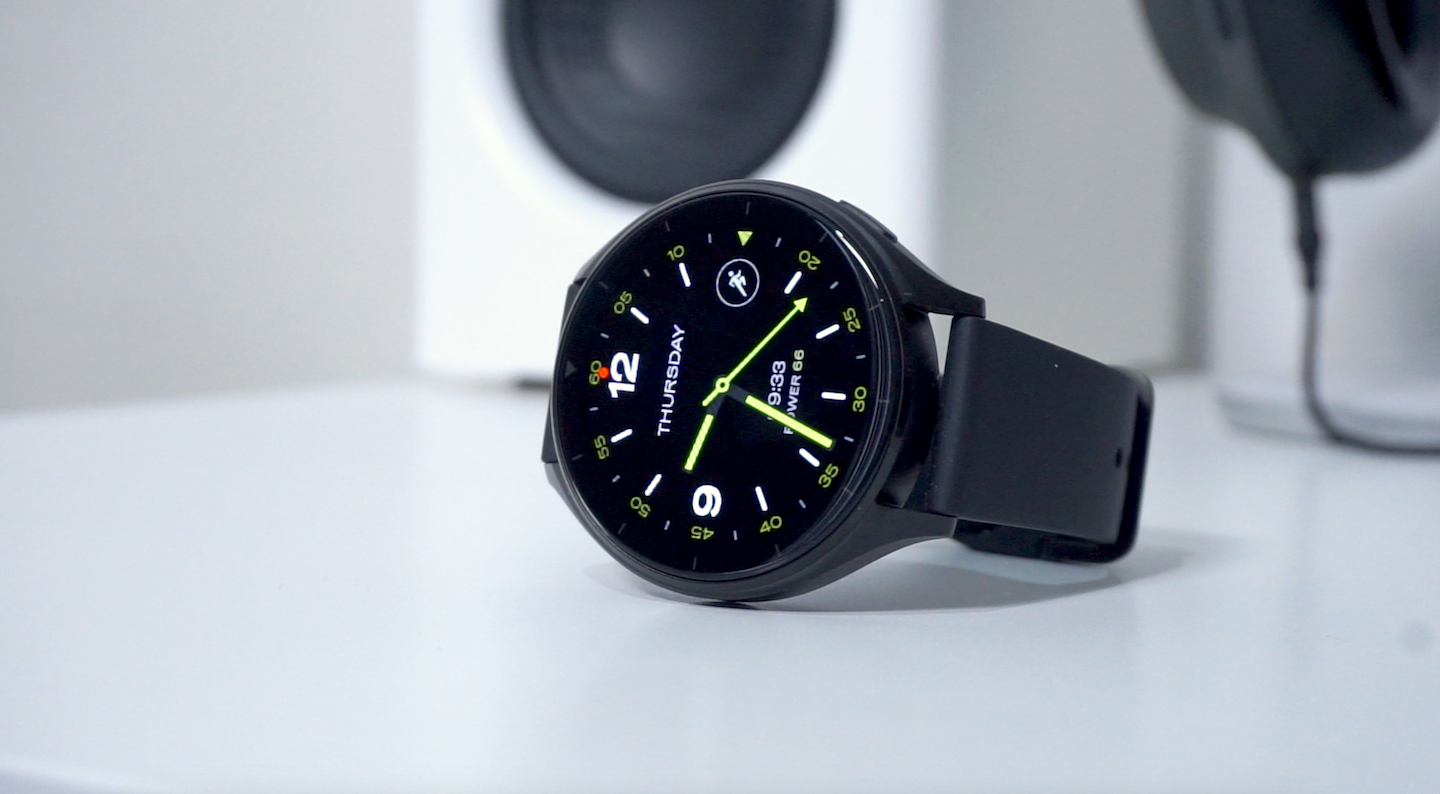
Starting off with the design, it’s probably safe to say that Xiaomi didn’t set out to reinvent the wheel with this one. The Xiaomi Watch 2 comes with your standard round watch face, featuring an aluminum alloy casing that wraps around the 1.43-inch AMOLED touchscreen in front, and two action buttons on the right-hand side. In a way it resembles the base-model Samsung Galaxy Watch 6, albeit with a few minor changes to the design.
The display is responsive and easily visible even when outdoors, although it should be noted that the bezel around the screen is a bit large, and isn’t raised unlike on the Xiaomi Watch 2 Pro. It also lacks a rotating crown, so navigating through the UI will require you to swipe on the display. On the bottom you’ll find the watch’s sensors, as well as a slot where the magnetic charging pins hook up to.
This whole setup is water resistant for up to 50 meters of depth, meaning that you can take it for occasional dips if necessary. Overall it’s a design that plays it safe, and more importantly doesn’t feel too cheap. It also helps that it supports standard watch bands, so you can use compatible straps on the Xiaomi Watch 2.
Software Features
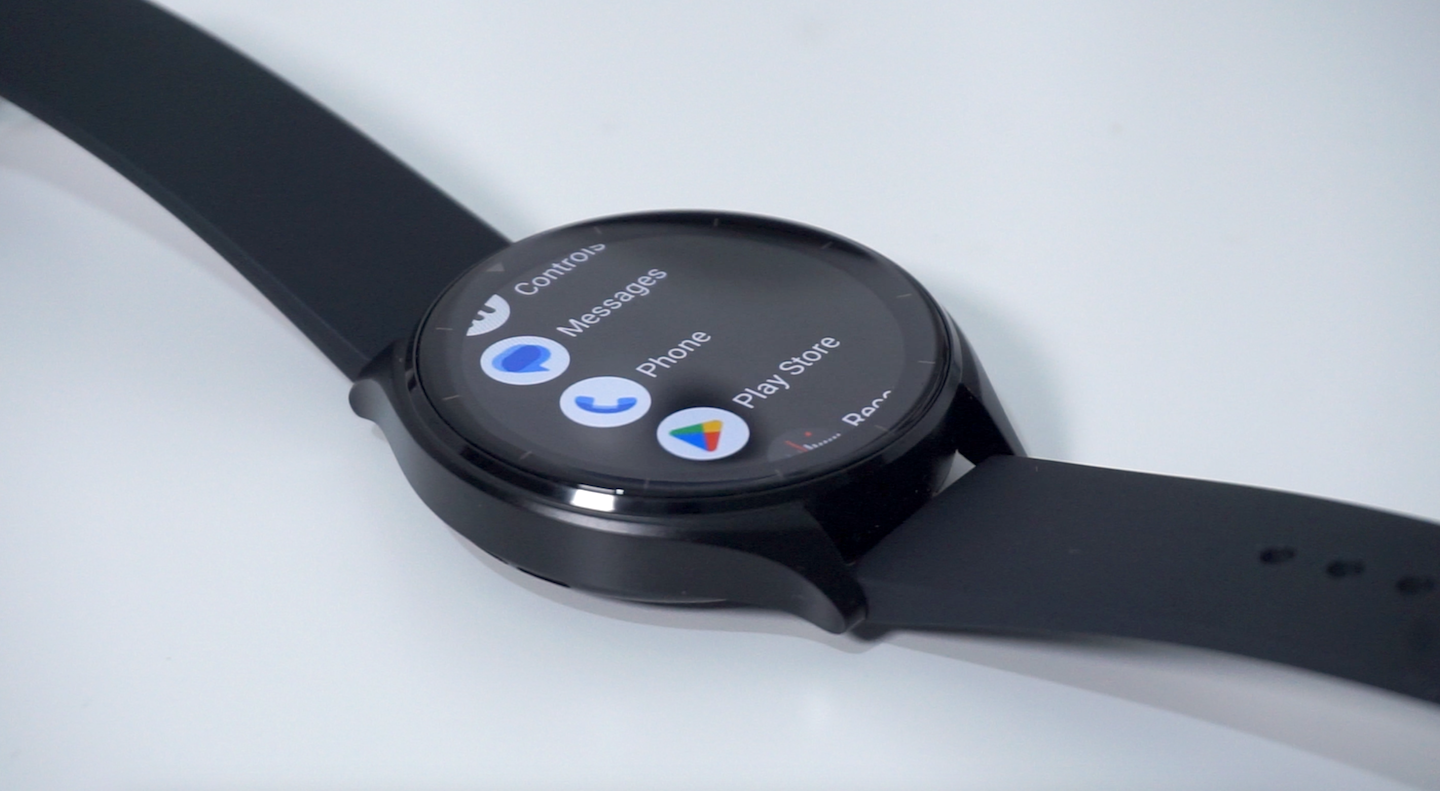
For software, the Xiaomi Watch 2 runs on Google Wear OS, a more capable software platform that allows for better customization, compatibility with Android, as well as access to a wide range of apps. It’s certainly better than the custom real-time OS systems that you’ll find on most basic wearables out there – as a result, the software is fluid and responsive, with barely any lag when scrolling throughout the UI.
Of course, Wear OS does mean that it’ll only work on Android, although you can use it with virtually any Android smartphone out there. It does require you to use Xiaomi’s Mi Fitness app, which handles account sign-in and device setup before you can use the device itself.
As a Wear OS device however, I’d like to think that the Xiaomi Watch 2 was able to perform adequately during my time using it.
As a Wear OS device however, I’d like to think that the Xiaomi Watch 2 was able to perform adequately during my time using it. Notifications from my Pixel went through to my watch without any hitches, I could call upon Google Assistant simply with the “Hey Google” voice prompt, and I was able to install Google’s own fitness software and third-party watch faces via Google Play. I can even type replies to messages, although it takes a bit of patience given the small display.
Perhaps one major consideration though is that the Watch 2 is still on Wear OS version 3.5, at least at the time of this review. Given that even my much older Galaxy Watch 4 Classic has already received Wear OS 4, having a fairly-newer device stuck on an older platform version does lead me to wonder just how long will it take before Xiaomi brings over the latest platform upgrade to the watch.
Fitness Features and Battery

I’m not a fitness nut by any means – at most, I use my wearables to keep track of my heart rate, and maybe log some steps when out and about. If you’re planning on getting the Xiaomi Watch 2 mainly as a workout companion however, it does pack over 160 workout modes, including running, cycling, HIIT workouts, and even yoga.
Of course, there’s also built-in tracking for heart rate, SpO₂, sleep metrics, and even stress tracking. Due to its low price however, it lacks skin temperature monitoring, which might be an issue for some users.
I should note that heart rate monitoring can be inconsistent. The watch will occasionally give me higher readings than usual, which might be a major point of consideration for some users. By comparison, my Apple Watch showed more realistic heart rates in similar conditions.
As for battery endurance, the Xiaomi Watch 2 can last around a day and a half on average, although that’s if you tweak the always-on display settings, Wifi connectivity, and such. If you really stretch it with conservative use you can maybe get two days’ worth of battery life from the watch, but only if you’re willing to use it continuously down to the last percentage on your battery counter. It can charge fully to 100% in just under an hour, provided that you have a compatible quick charge adapter.
Final Thoughts
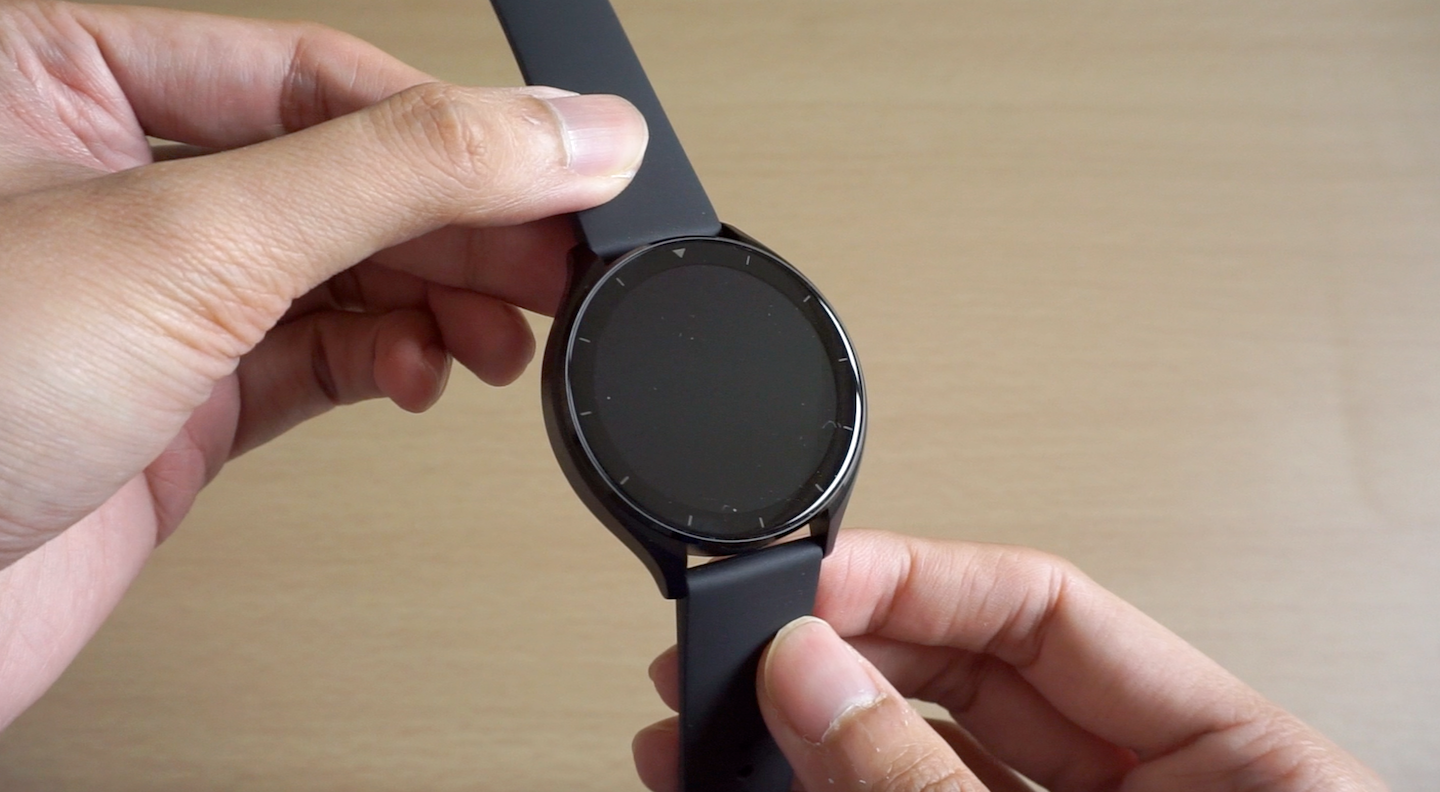
As a Wear OS smartwatch, the Xiaomi Watch 2 gets a lot of things right – features such as Google Assistant, custom replies to notifications, an easy setup process, as well as a solid design and dependable battery life all make for one fairly competent wearable, at a price more affordable than most competitors on the market.
On the other hand, factors such as the inconsistent heart rate tracking and the lack of skin temperature sensing are things to consider, especially for users who prioritize those features. But again, if an affordable Wear OS device is all you’re after, then the Xiaomi Watch 2 will get the job done.

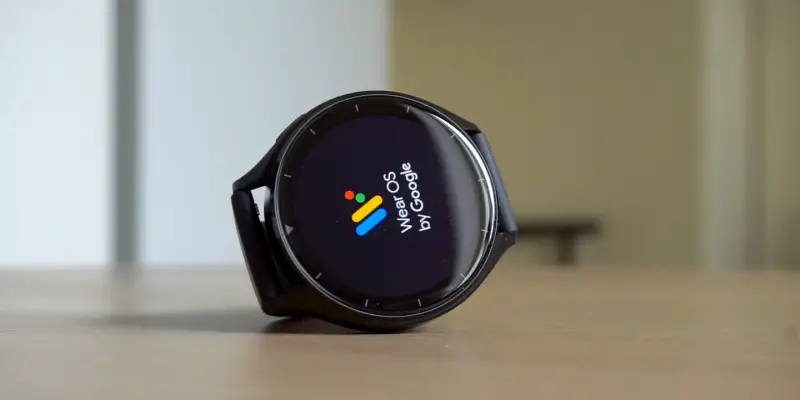

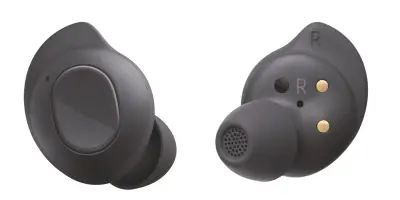
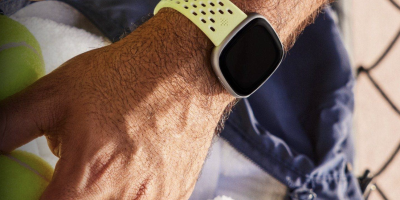






Comments